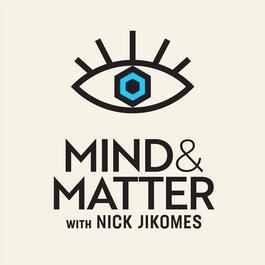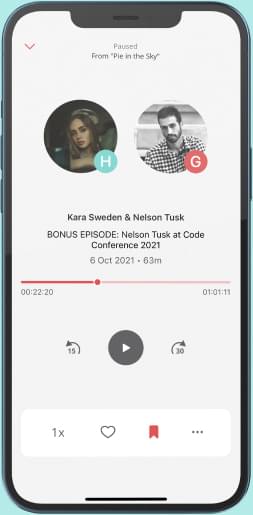
Cell Biology: Cytoskeleton, Self-Assembly & Self-Organization, Wound Healing | Bill Bement | 236
Send us a text Cellular self-organization, cytoskeleton dynamics, and membrane wound healing. Episode Summary: Cell Biologist Dr. Bill Bement explains the dynamic world of the cell cortex, discussing how actin filaments and microtubules drive processes like cell division and wound healing through self-assembly and self-organization; energy dynamics of these processes; the role of rho GTPases in patterning; the implications for diseases such as cancer and muscular dystrophy, using vivid analogies and video demonstrations to make complex concepts accessible. About the guest: Bill Bement, PhD is a cell biology professor at the University of Wisconsin-Madison, where he has studied cellular processes for over 30 years. He leads a lab focused on the cell cortex, investigating cell division and repair. His work emphasizes self-organization and cytoskeletal dynamics, contributing to insights into diseases like muscular dystrophy. Discussion Points:The cell cortex, the outer layer of a cell, includes the plasma membrane & underlying proteins like actin & myosin, which enable dynamic shape changes.Actin filaments self-assemble without energy input, growing & shrinking to facilitate cell movement and division, while microtubules, stiffer hollow tubes, aid in chromosome separation.Self-organization in cells, driven by energy-dependent feedback loops, creates complex patterns like mitotic spindles.Cellular wound healing involves concentric rings of rho GTPases and actin, closing wounds rapidly, a process critical for surviving natural damage from mechanical stress or toxins.Energy costs of cytoskeletal rearrangements are significant but likely less than protein synthesis, though precise measurements remain challenging.Cancer metastasis may rely on enhanced cell repair, allowing metastatic cells to survive mechanical damage while squeezing through tissues.Muscular dystrophy involves excessive damage or impaired repair, highlighting the importance of cell repair mechanisms.Bement’s lab is developing tools for synthetic self-organization, aiming to manipulate cellular processes to address repair deficits in diseases. Related episode:M&M 220: Cell Death, Oxidative Stress, PUFAs & Antioxidants | Pamela Support the show All episodes, show notes, transcripts, and more at the M&M Substack Affiliates: KetoCitra—Ketone body BHB + potassium, calcium & magnesium, formulated with kidney health in mind. Use code MIND20 for 20% off any subscription (cancel anytime) Lumen device to optimize your metabolism for weight loss or athletic performance. Code MIND for 10% off Readwise: Organize and share what you read. 60 days FREE through link SiPhox Health—Affordable at-home blood testing. Key health markers, visualized & explained. Code TRIKOMES for a 20% discount. MASA Chips—delicious tortilla chips made from organic corn & grass-fed beef tallow. No seed oils or artificial ingredients. Code MIND for 20% off For all the ways you can support my efforts
From "Mind & Matter"


Comments
Add comment Feedback